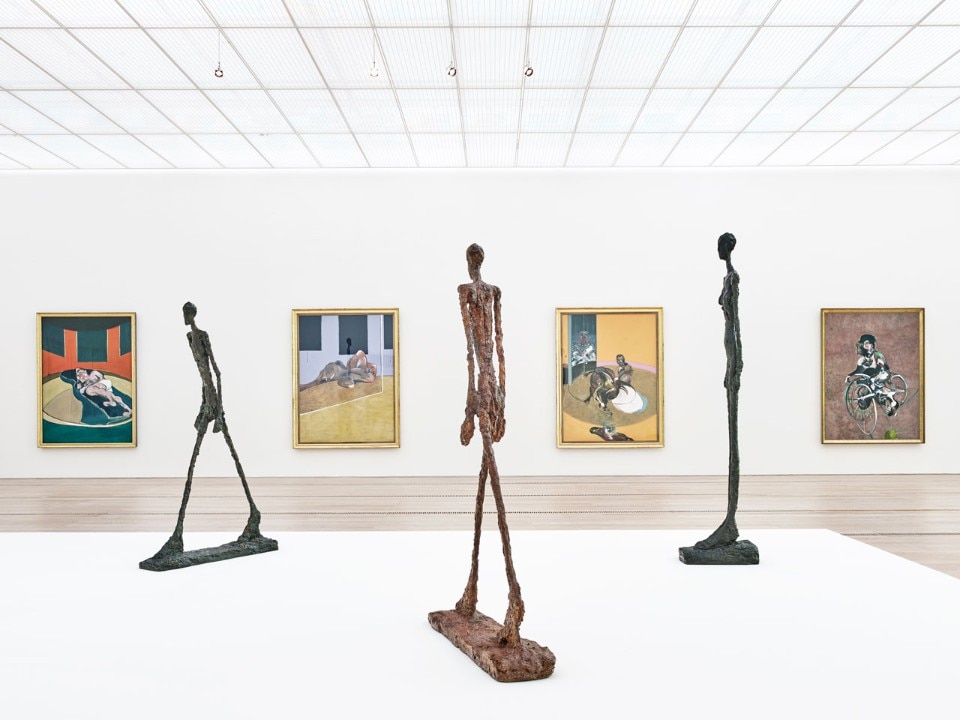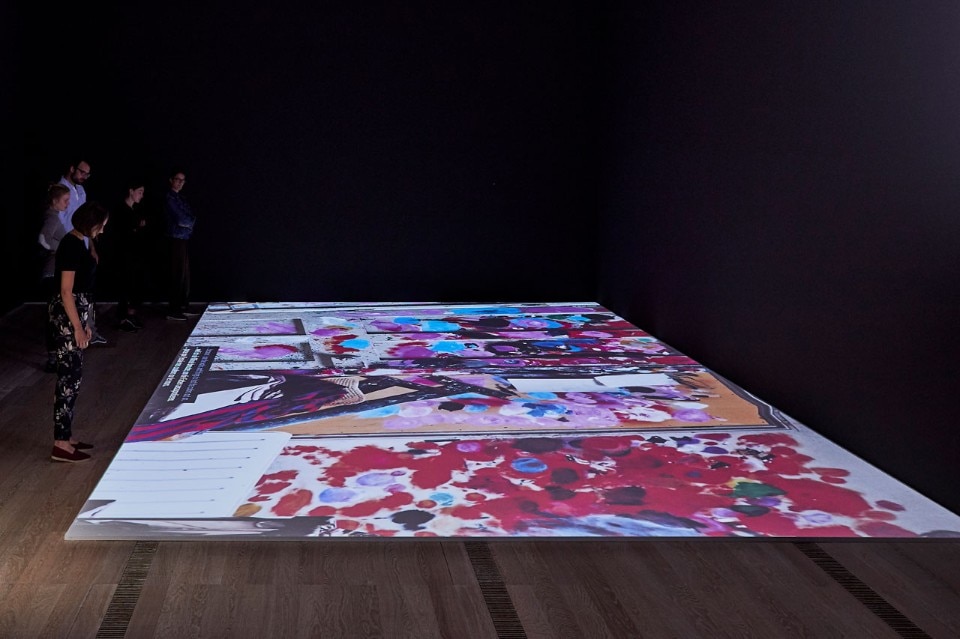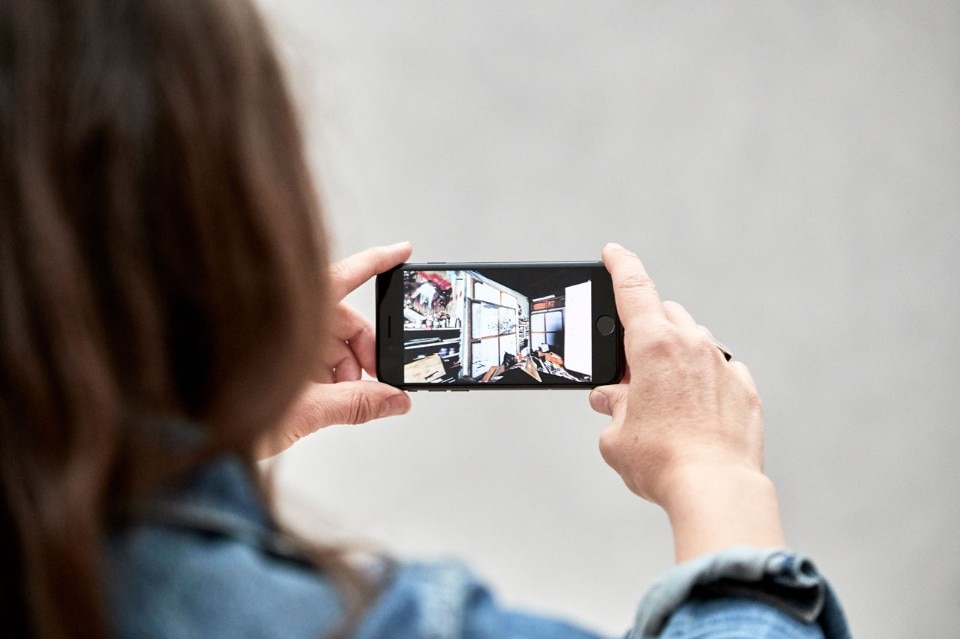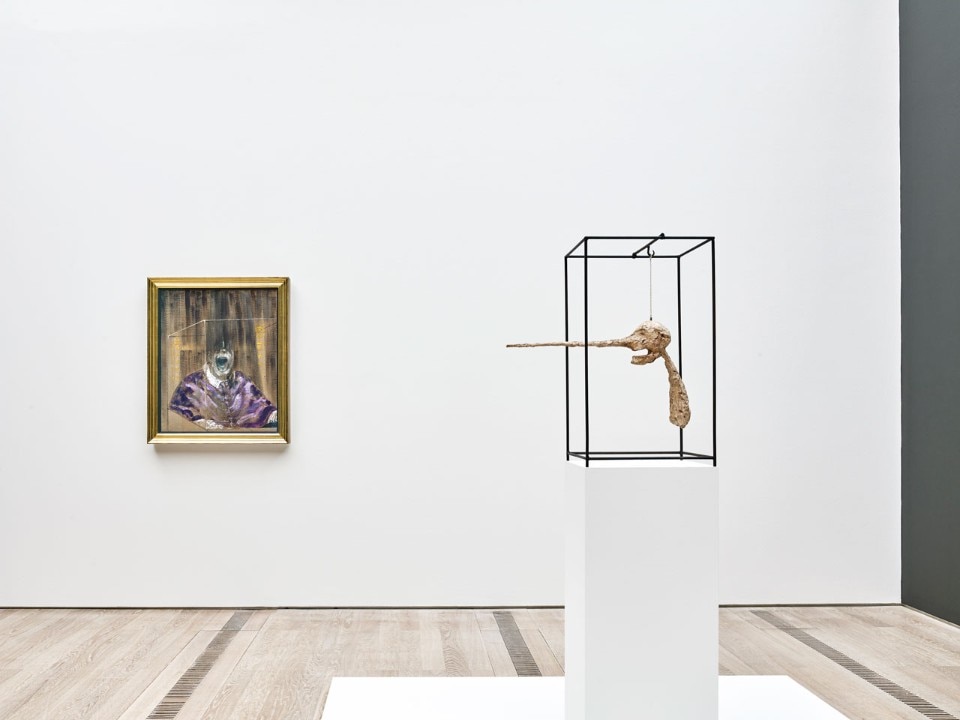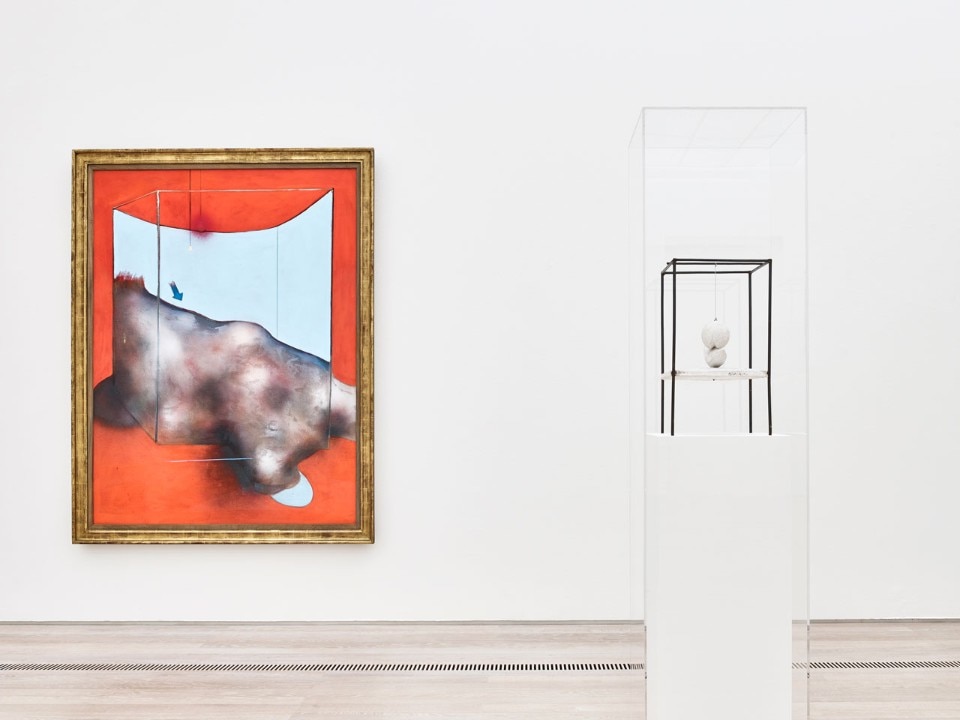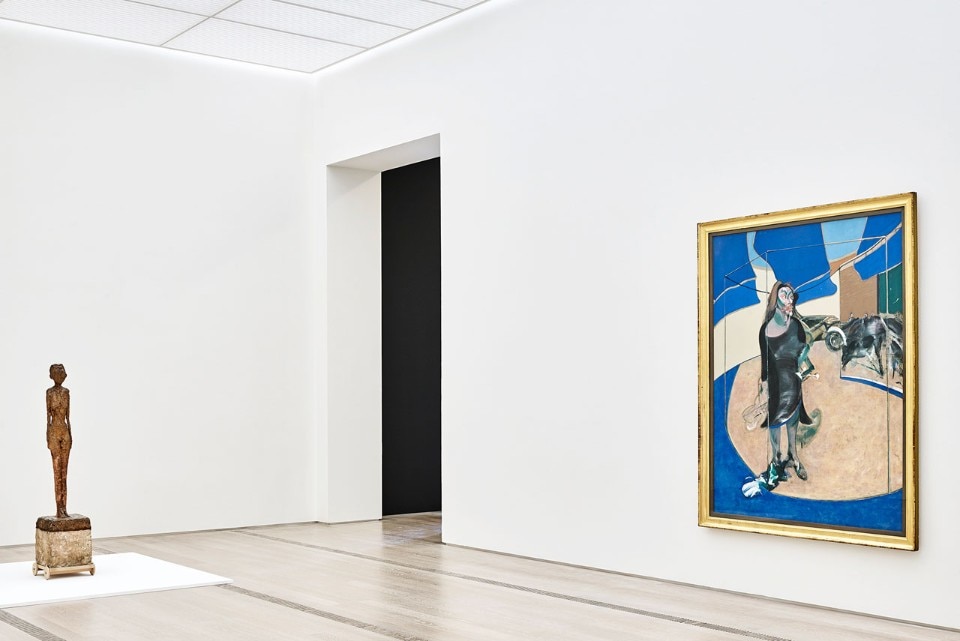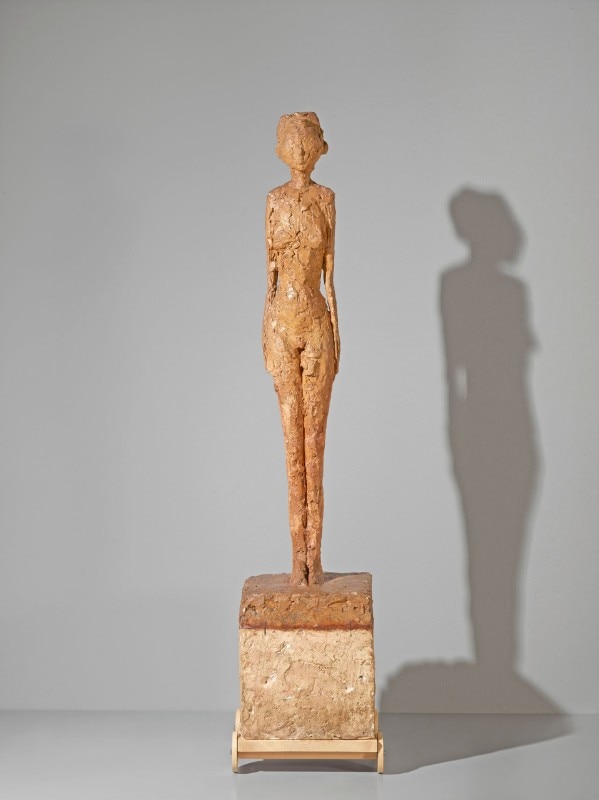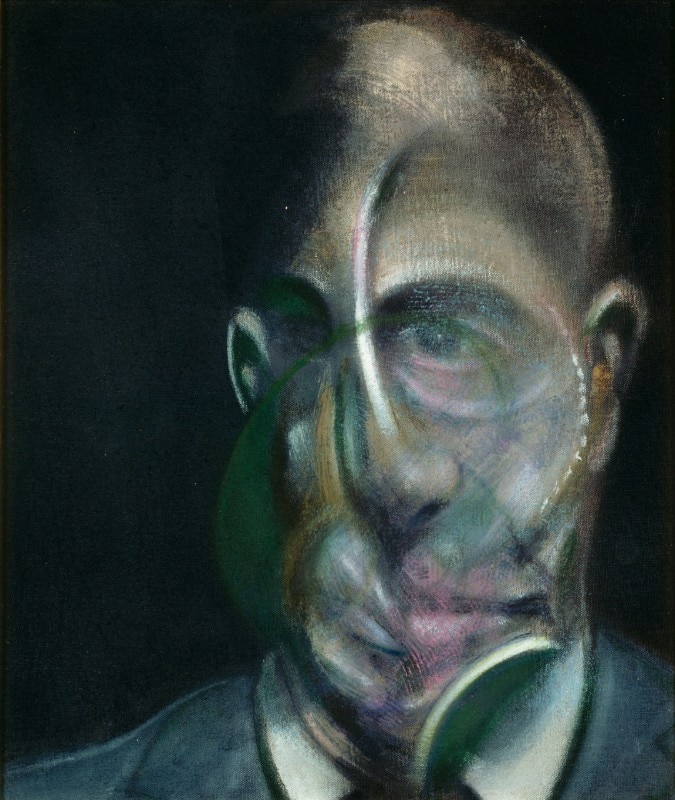Works from prestigious private collections and museums around the world by Francis Bacon (Dublin, 1909-Madrid, 1992) and Alberto Giacometti (Stampa, 1901-Coira, 1966) are gathered at the Fondation Beyeler for this exhibition-comparison that the three curators – Catherine Grenier, Michael Peppiatt and Ulf Küster – have organised starting from a detailed reconstruction of biographical information of both masters and formal themes shared by the works on display which are impressive for the number and quality.
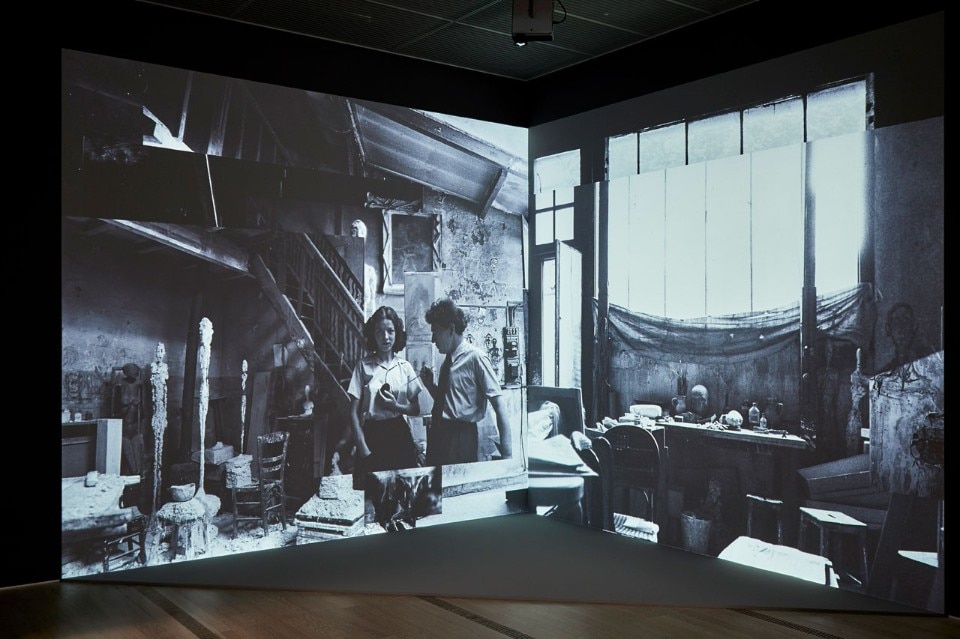
 View gallery
View gallery
Ernst Beyeler, the prominent Swiss collector and founder of the museum, had direct dealings with both artists. Many works by Bacon and Giacometti famously represent important chapters in the precious art history book we may call the Fondation Beyeler in Basel. So it should come as no surprise to find on display fundamental works housed there, like the celebrated Homme qui marche II (1960) by Giacometti and Lying Figure (1969) that Bacon himself, in a letter to Beyeler, admitted was one of his most important works.
The lovely black-and-white photograph immortalising both artists, portrayed in deep discussion, at Giacometti’s solo show at the Tate Gallery in London dates to 1965; soon afterwards that event would be inaugurated. Based on this emblematic picture, the curators organised the show’s itinerary that underlines formal analogies and homologies, but also contrasting yet equally intense positions always occupied by the same, obsessively pursued theme: that of the human figure.
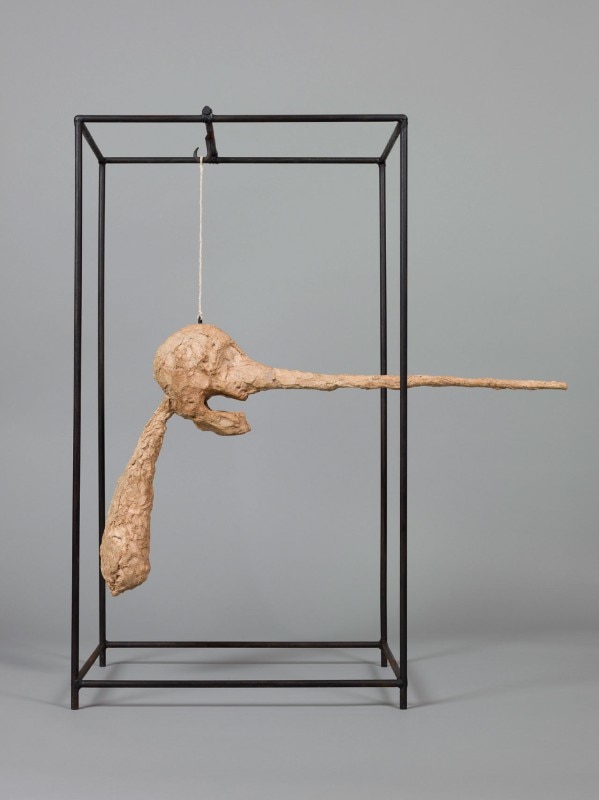
 View gallery
View gallery

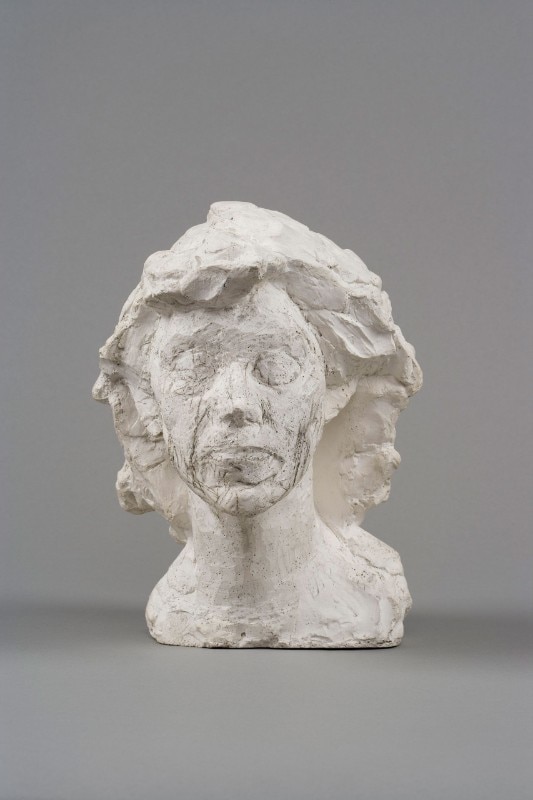
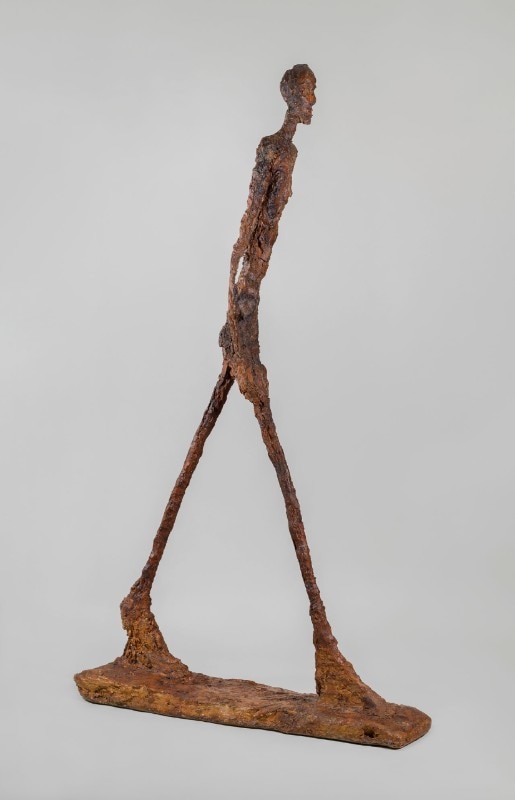
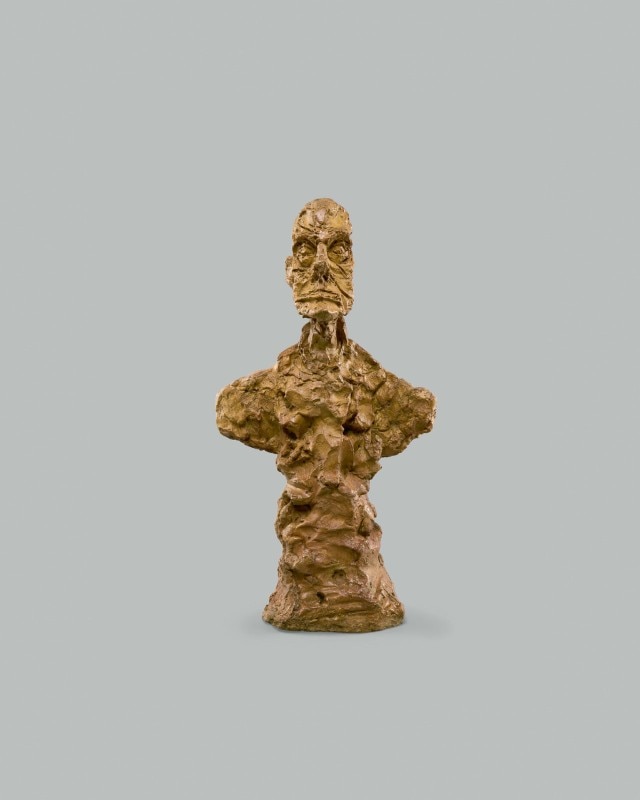
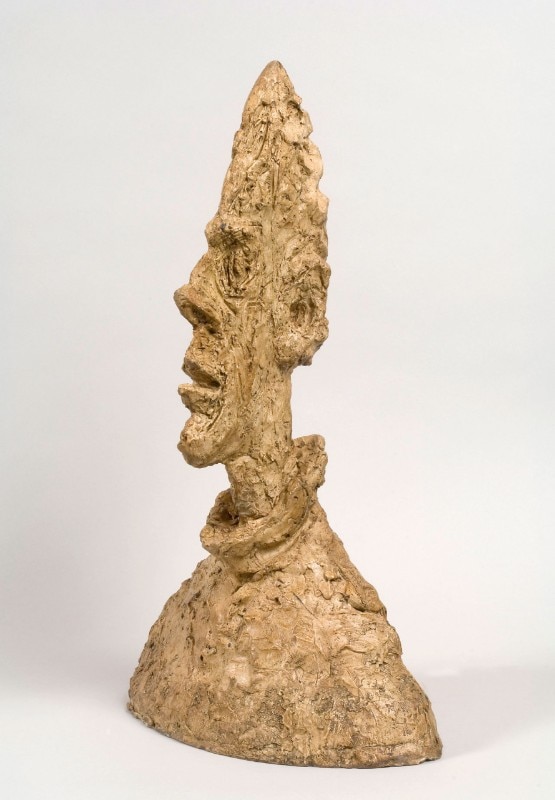
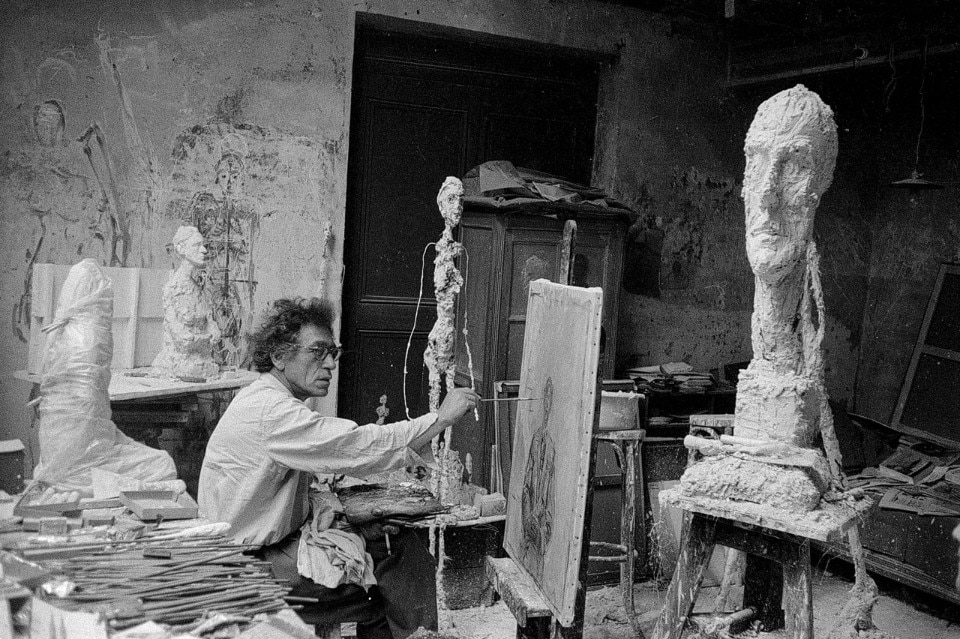
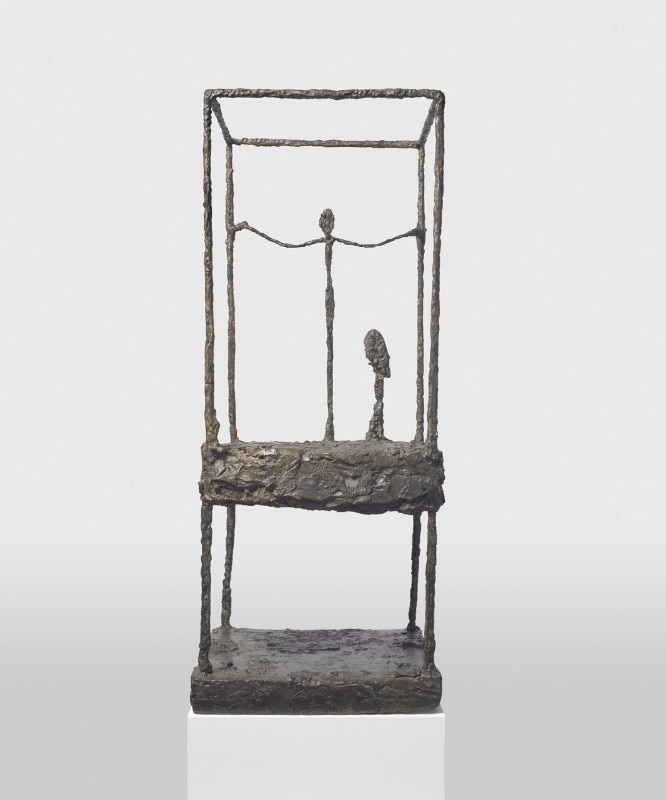
The story continues with the person who brought them together: their friend and artist Isabel Rawsthorne who in the early 1960s introduced the artists and was an extremely important figure during the course of their respective careers, as can be seen by many works on display that portray her.
In the nine themed sections that make up the exhibition, the features shared by their visions are revealed, beginning with their ability to order each element in space. In this sense, both use real visual devices, starting from Giacometti, who created a series of frames, including La Cage, 1950 (here displayed in both versions in plaster and bronze), the invention of which probably goes back to that spatial and artistic contraption represented by the legendary Boule suspendue, 1930: a Surrealist work, with endless symbolic interpretations. Bacon, too, understood the need to paint his figures by including them in structures that resembled “cages” which, on the one hand, expanded their three-dimensional aspect and, on the other, amplified the feeling of human frustration of those bodies, taken to the extreme: an example is the rarely displayed Figure in Movement, 1972, in which the deformed body appears enmeshed in a cage that stifles its dynamism.
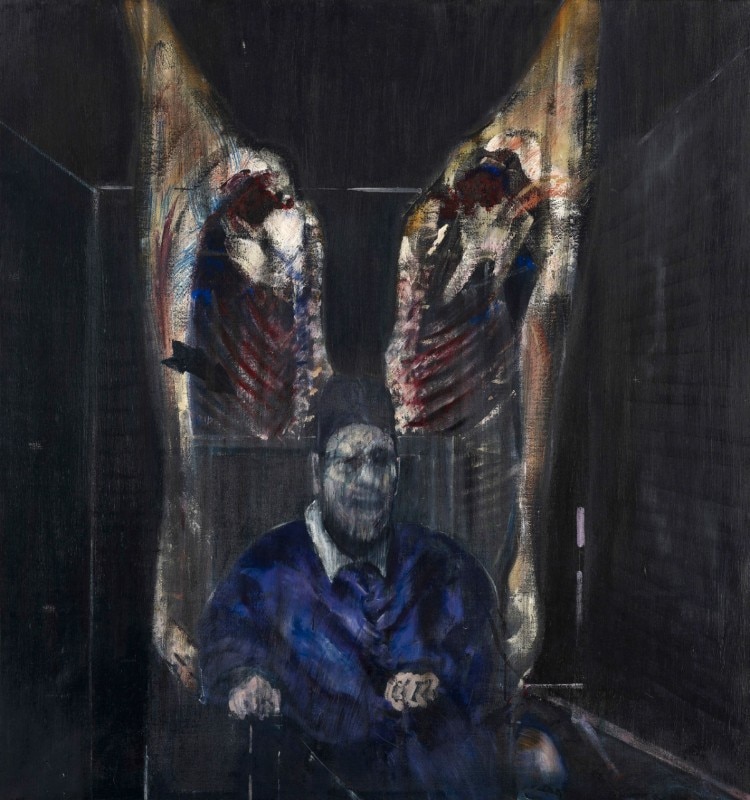
 View gallery
View gallery

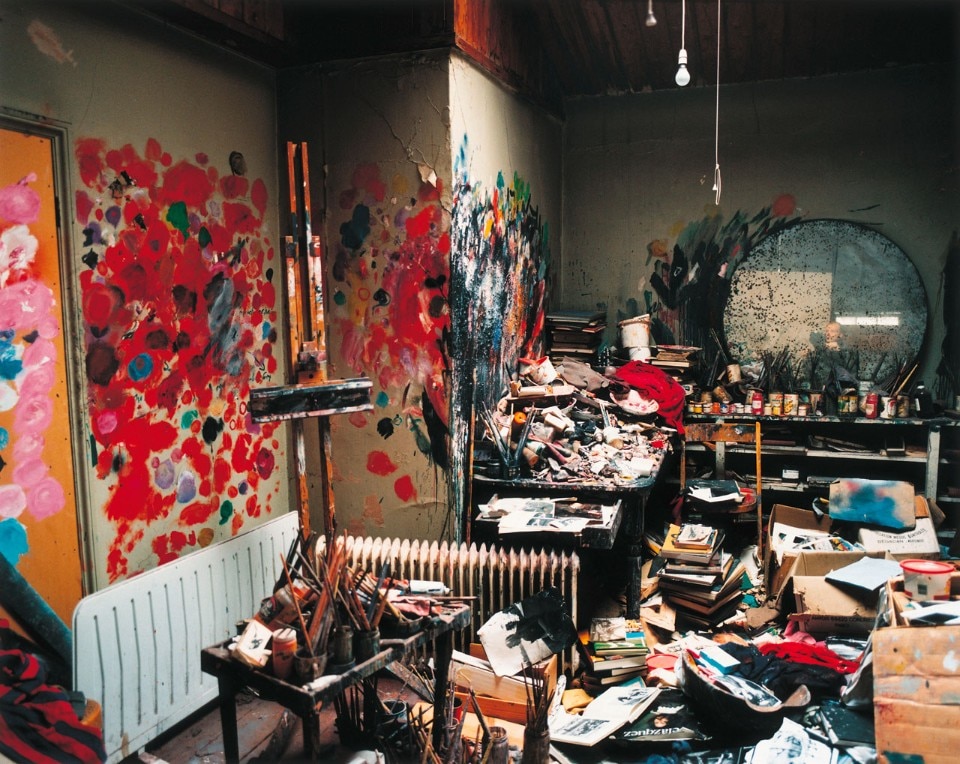
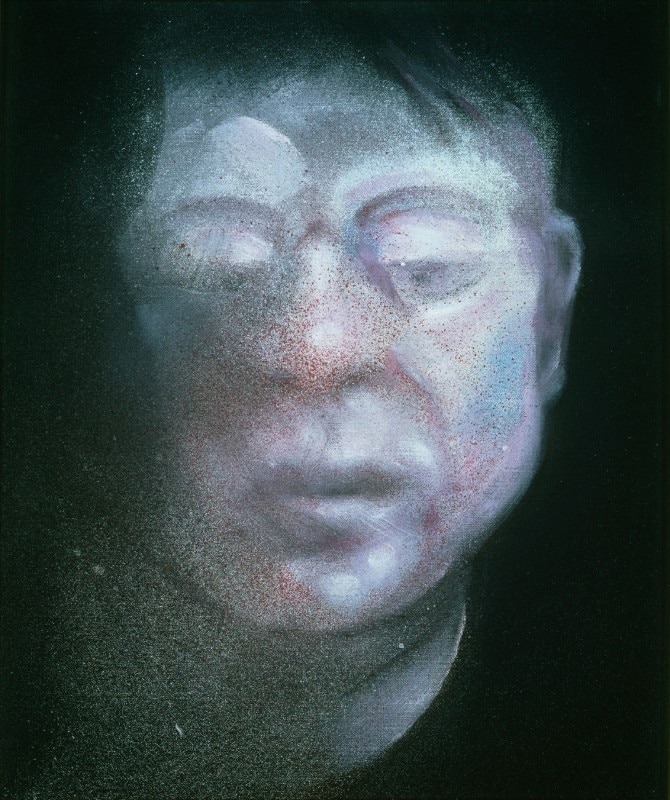
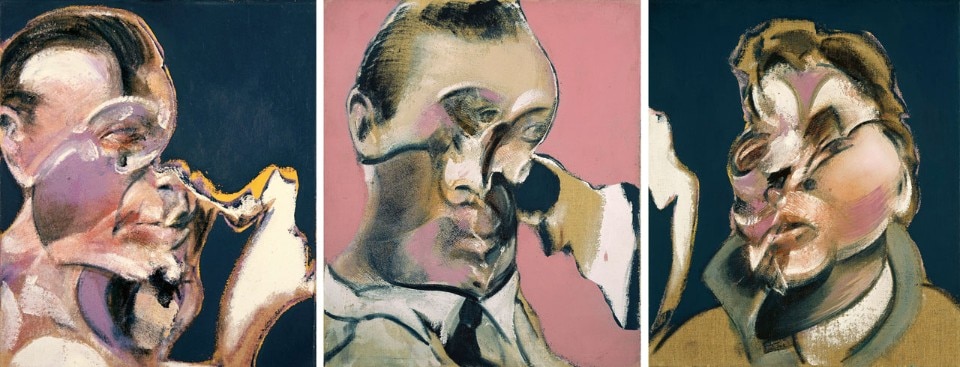
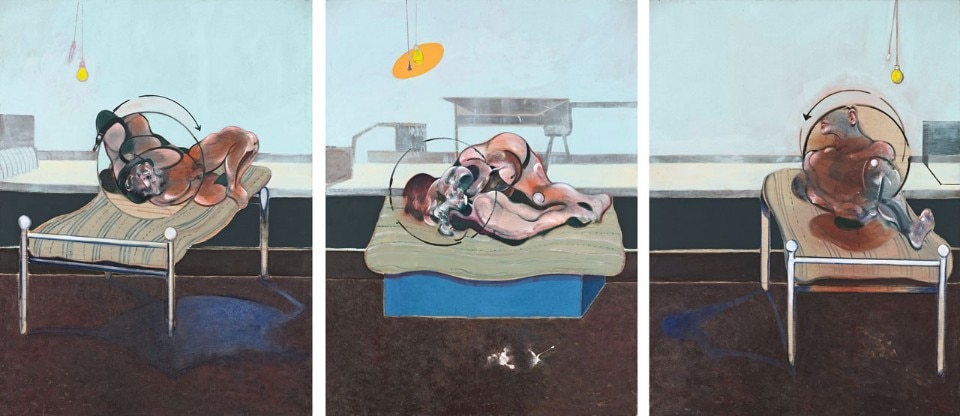
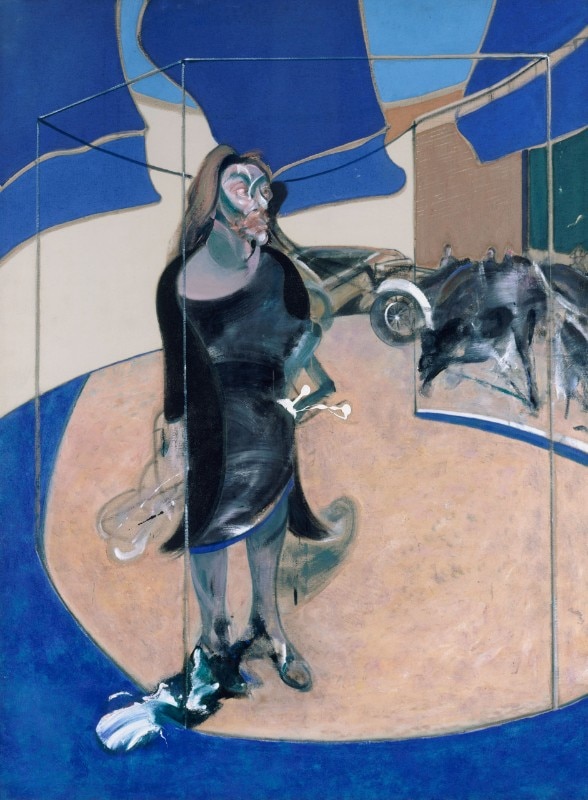
BPK 24.353
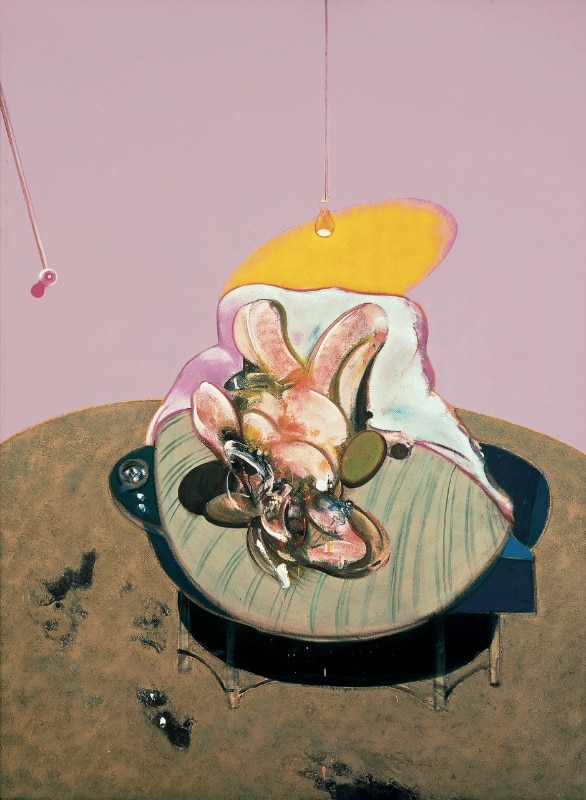
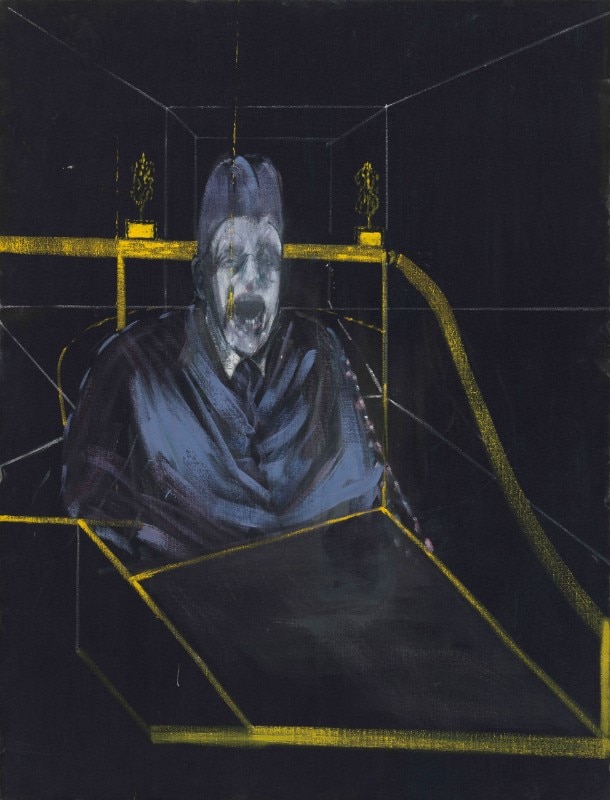
The topic of pain and all that the flesh expresses continues in the other rooms and reminds visitors how Bacon, thanks to his intense study of sacred painting, learned how to convey bodily torment. The Irish painter borrowed the triptych format for his works from Christian figurative traditions, which the many examples on display sublimely express with their interiors inhabited by disturbing and monstrous figures that resemble heaps of wailing flesh. Giacometti’s treatment of the body is different but no less incisive; in his sculptures and paintings, through the busts-portraits of his brother Diego, the slender female figures and some anatomical fragments highlight the dialectical relationship between central mass and the space enshrouding and corroding it. The constantly fragmented edges suggest and also frustrate the human presences that seem more readable the more they are observed from a distance.
As already suggested, this is, therefore, the key aspect in all the work on exhibit: the constant presence of figures in the art of these two giants staunchly vindicates their “realism”, engaging with their respective careers all those avant-garde movements that strove to free themselves from the figure as well as painting and sculpting traditions.
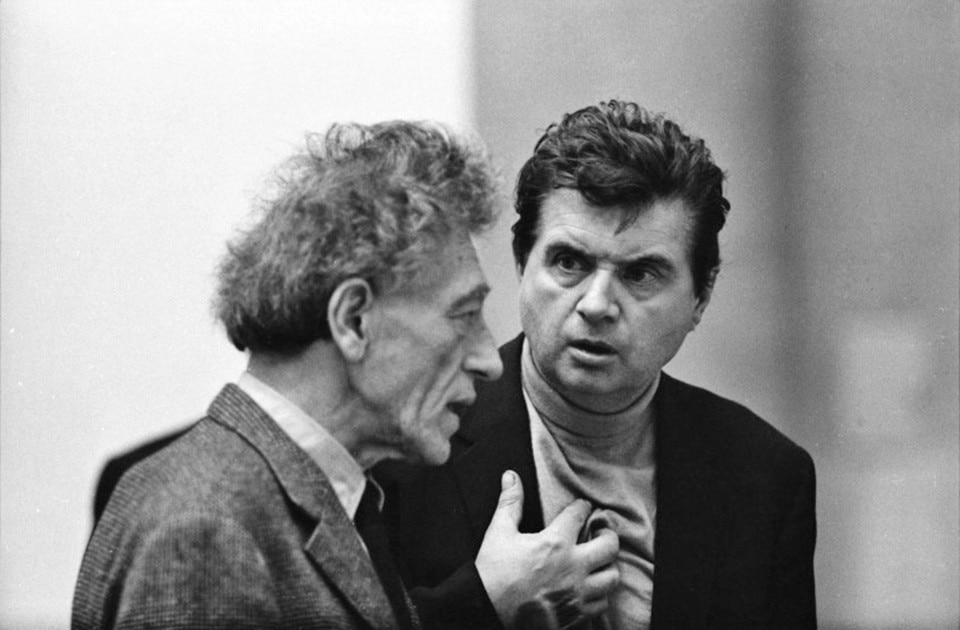
This detachment and long goodbye had to manifest itself through pain. In Bacon, the body’s resistance is expressed with aggression: “There is no tension in a painting if there isn’t a struggle with the object,” wrote the painter in 1955, while in Giacometti, the image of man seems to yield and reflect a feeling of failure, of self-flagellation that imbues the Swiss artist’s work and which his particular use of plaster, with its fragile and incomplete nature, embodies to perfection.
The legend of both artists took hold also thanks to the attention they were given by major intellectuals (Giacometti found in Sartre a great supporter, while Deleuze dedicated to Bacon his very important 1981 essay, Logique de la sensation). It is quite remarkable to think that the genesis of such recognised masterpieces, which in the large rooms of the Fondation Beyeler express all their spatial value, must be traced back to stifling and cramped environments. In this sense, the video-installation that rounds off the exhibition at the Beyeler aims to suggest to visitors the atmospheres of these artists’ respective studios: two private microcosms that come alive again here thanks to digital technologies and which reflect all the human talent and artistic toil of both.
- Exhibition title:
- Bacon – Giacometti
- Curators:
- Catherine Grenier, Michael Peppiatt e Ulf Küster
- Opening dates:
- 29 April – 2 September 2018
- Venue:
- Fondation Beyeler, Basel


